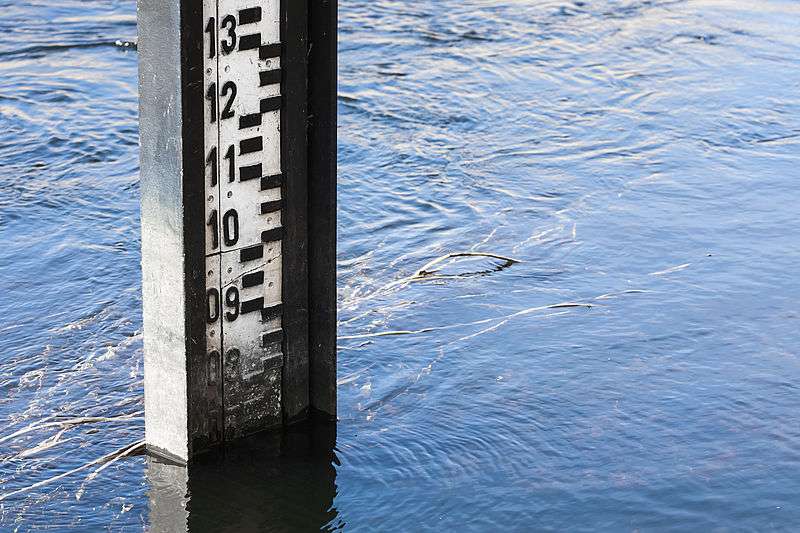Credit: Delft University of Technology
In collaboration with other parties, researchers from TU Delft have succeeded in precisely modelling rises in sea level in the North Sea for recent decades. In their view, the consequences of climate change during this period are already visible in the North Sea. The researchers published a paper about this in Geophysical Research Letters on Monday 24 October.
Unravelling the details
Rising sea levels is one of the most important issues facing science in the modern age. The increase in sea levels is not the same across the world: there are significant regional differences. Thomas Frederikse, a doctoral candidate at TU Delft, has examined developments in the North Sea, with a particular focus on recent decades (1958-2014). During this period, very accurate records have been kept of rises in sea levels. The key question was which factors play a role in this and how they contribute to the rise observed.
"Unravelling the details of rises in sea level is quite complex", says Thomas Frederikse. "Various factors have a role to play: the melting of land ice in glaciers and in Greenland, for example, the expansion of seawater caused by increasing temperatures, as well as the use of groundwater and even the storage of large quantities of fresh water in inland reservoirs."
Rebound
The issue is further complicated by the fact that rises in sea level are measured relative to the level of the land. However, the land itself also moves. This is partly because the melting of ice on land affects the distribution of mass across the globe, slightly distorting its shape. Another factor is what is known as glacial isostatic adjustment (GIA). This is the rebounding of the land after the ice ages because in our age the ice exerts much less pressure on the Earth's surface.
"In this study, we were able to unravel all these different influences from the North Sea and model them precisely. This is important because it helps make the models for rises in sea level even more reliable."
Greenland
In the period 1958-2014, the rise in sea levels in the North Sea amounted to 'just' 8 cm. The average rise in sea levels across the world during this period was higher. "This is due to the fact that we are relatively close to the melting land ice of Greenland", explains Frederikse. "Although it may seem counter-intuitive, the further away from it on the globe that you are, the greater the impact on sea levels. If the land ice on Antarctica were to start melting faster instead, it would be our part of the world that would be facing a big problem."
Climate
"All this shows that the rise in level observed remains relatively limited", says Frederikse. "But it also clearly demonstrates the important role that the melting glaciers and ice caps have to play in explaining the increases in sea level measured. In that sense, we are already seeing the consequences of climate change in the North Sea. This was something we already suspected, but we have now demonstrated it properly by precisely modelling the last fifty years."
More information: Thomas Frederikse et al. Closing the sea level budget on a regional scale: Trends and variability on the Northwestern European continental shelf, Geophysical Research Letters (2016). DOI: 10.1002/2016GL070750
Journal information: Geophysical Research Letters
Provided by Delft University of Technology























